This article was co-authored by Jurdy Dugdale, RN. Jurdy Dugdale is a Registered Nurse in Florida. She received her Nursing License from the Florida Board of Nursing in 1989.
There are 7 references cited in this article, which can be found at the bottom of the page.
This article has been viewed 20,972 times.
Dyspraxia is a developmental coordination disorder (DCD) that affects coordination and sometimes speech in children and adults. Because it interferes with speech and causes other issues, this disorder can create difficulties in participating in ordinary daily activities like brushing your teeth or driving. However, you can live with dyspraxia through focusing on improving your condition, managing your daily tasks, building relationships, and seeking various forms of treatment.
Steps
Improving Your Coordination
-
1Practice yoga. One practice that can be very helpful in soothing the effects of your dyspraxia is yoga. Yoga can help you develop better coordination, improve posture and breathing, and can also be very relaxing. It is also a form of exercise.[1]
- See if your local gym offers yoga classes or find some yoga videos online.
- If your child has dyspraxia, introduce them to a few yoga asanas that they can do at home with you.
-
2Meditate daily. Dyspraxia can also affects you mentally, and you might feel that your thoughts are often jumbled or disorganized. Meditate help you cope with this and to stay present and mindful in the moment. Meditate on a word, quote, or mantra that soothes you like “peace” or “steadiness.”Advertisement
-
3Exercise to improve muscle strength. Exercise can also help to improve your dyspraxia. Hit up your local gym and lift some light weights to begin building your muscle strength. Though you may eventually want to use larger weights, do so with caution and use a spotter.[2]
- While you exercise, someone should watch you to make sure that you are safe. Your muscles could become weak, causing you to fall or drop the equipment.
- Most gyms offer different weight machines that will make it easy for you to lift without having a spotter, as well.
- If your child has dyspraxia, contact your local youth sports leagues or ballet classes, or look for a gym that has a section set aside for children. Alternatively, do an exercise program with your child, such as daily walks or a DVD routine.
-
4Practice sports to improve coordination. In addition to exercise and yoga, sports are also a fun way to grow stronger and more coordinated. Play sports like soccer, basketball, or tennis to help improve your motor skills while having fun and interacting with others.[3]
- Check online to see if there are any local teams that you can join or play with your friends or family.
- Children can try little league baseball, basketball, or soccer. They may also enjoy tennis lessons, ballet classes, or other dance classes.
- Take breaks when you get tired. Don’t give the sport up if you feel that you are not doing well, however. If you enjoy it, continue playing.
- A person with dyspraxia can qualify for the special Olympics, so consider applying if you are really involved in your sport. Adults and children are able to participate.
Managing Daily Tasks
-
1Use calendars and alarms. Having dyspraxia often means that you might need a bit more organization in order to have a productive day. Utilize planners, calendars and alarms so that you don’t forget your responsibilities. You can set up alerts on your phone to remind you of any projects, assignments or tasks that you need to complete.[4]
- Children can use a school planner to keep track of their assignments and tests, as well as any extra-curricular activities they have. You can also help your child set up alarms on their phone to help them remember when to do tasks, such as take medication, eat their meals, or wake-up.
-
2Keep a to do list. In addition to keeping a planner, also consider keeping a to-do list. At the end of each night, write down everything that you need to do the following day. Put it beside your bed or on your desk so that you don’t forget about it. This will help ensure that you are organized and that your responsibilities are in order.[5]
-
3Break big tasks into smaller tasks. Though large projects or new skills might seem difficult, breaking them into smaller tasks can make them seem less intimidating. For instance, cooking a meal can seem daunting, but it is really a series of several small and simple parts. Write down these list of small parts and then put it all together.[6]
- For instance, if you are looking to cook rice, you will first have to find a pot. Then go to the sink and fill the pot about halfway with water from the tap. Then you will put the pot onto the stove. Turn the burner on. Add rice. Set a timer. When the timer goes off, turn off the stove. And then enjoy your meal!
- Children can learn to break large assignments, such as a school project, into to smaller segments. They can also learn to break household chores into smaller chunks, which will help them learn to be independent.
-
4Watch videos that illustrate certain motor skills. In addition to writing out a task step by step, you can also watch videos to help you learn basic motor coordination skills. Search YouTube or other websites for videos on how to do things and then mimic the actions from the video.
- You can also pause it when necessary or restart it if you get confused.
-
5Find low maintenance self-care tools. Another issue you might be having in living with dyspraxia is self care. Search for tools like blowdryers with attachments that will make it easier to dry your hair. You can also purchase electric toothbrushes or razors. Find other low maintenance items that you can use for other tasks or hygienic care that you might need.[7]
- Help your child pick out supplies for self-care. Make it more fun by picking supplies that will be special for your child, such as a mechanical toothbrush that is decorated with your child's favorite color.
-
6Find professionals who can help with larger tasks. Though you can most certainly do many tasks on your own, other tasks may be a bit more difficult and require some professional experience. You can talk to an occupational therapist to learn adapted ways to care for yourself, or you can hire in-home professionals to care for you, such as a cleaning person and/or a personal nurse.
- One of the most difficult tasks for those living with dyspraxia is driving. Driving requires many tasks to be completed simultaneously, like checking blind spots, using turn signals, and hitting the brakes. Some occupational therapists can help you develop the skills necessary to drive, or you can contact the Association for Driver Rehabilitation Specialists.[8]
- You can search a network of driving teachers with the Association for Driver Rehabilitation Specialists at http://aded.site-ym.com/search/custom.asp?id=2046.
- Some people with dyspraxia cannot learn to drive, which is okay. Taking the bus and using other transit services like demand-response transit are both great options.
Developing Relationships
-
1Explain your condition to others. Many people you meet may never have heard of dyspraxia, but if you are seeking to have a friendship with them, then it will be important for you to explain. Explain to them what the disorder is and how it affects you specifically. Remember that you are not required to disclose your dyspraxia to your employer, but that if you need any accommodations, it may be necessary.
- For instance, you might say something like “Kelly, you may have noticed, but my motor skills are a bit different from most people you know. That’s because I have a condition that effects my coordination.”
-
2Spend time on a one-on-one basis. Though you should certainly seek to spend time in groups when you desire to, oftentimes, people with dyspraxia fare a bit better in a more intimate setting. Attend small dinners with friends or go to the movies with a few coworkers. Avoid overwhelming yourself with crowded atmospheres.[9]
- It is often easier to make connections in these personal settings and to develop stronger friendships.
-
3Find a support group. Though you can certainly develop ways to manage and improve your dyspraxia, it is also important to focus on coping with the emotional and physical realities of it. Though dyspraxia will need to be managed for life, many people have found support groups to help cope with the disorder. Search for groups near you.
-
4Spend time with family. One support system that you have that you can rely on is your family. Spend some time with your parents each week and go to dinner. Invite your cousins to come over and watch a movie. Having some quality social interaction with the people who love you most is critical in successfully living with the disorder.
Seeking Treatment
-
1See an occupational therapist. In addition to seeking an occupational therapist for large tasks like driving, consider occupational therapy in general to assist you in learning other basic tasks. These therapists can help teach you basic everyday skills that will be necessary for work or home, like bathing or even walking.
- It's good if the occupational therapist can come to your home. They will then be able to determine if any adjustments need to be made to make your life easier.
-
2Consider speech therapy. Dyspraxia can also affect speech just as it affects motor skills. A speech therapist can help you to develop the skills that you will need to be able to communicate well and effectively. They can teach strategies on how to develop a more consistent speech pattern, as well.[10]
-
3Look into equine therapy. Another form of therapy that some with dyspraxia utilize is equine therapy. Equine therapy is horse therapy, during which time the participant will ride a horse as a way to achieve better balance and coordination. Equine therapy has been proven to improve dyspraxia symptoms by stimulating cognition, improving mood, and reducing the amount of support needed when walking afterwards.[11]
-
4Keep a positive mindset. Though some might see dyspraxia as a limitation, people with the disorder are often highly creative. You likely have to problem solve more on a day-to-day basis than those without the disorder, as they do not have the same limitations as you. Use this to your advantage and celebrate the person that you are.[12]
References
- ↑ https://www.dyspraxia.ie/Activities-for-Children-with-Dyspraxia-DCD
- ↑ https://www.nhs.uk/conditions/developmental-coordination-disorder-dyspraxia-in-adults/
- ↑ https://patient.info/childrens-health/dyspraxia-developmental-co-ordination-disorder#nav-14
- ↑ https://www.understood.org/en/learning-attention-issues/child-learning-disabilities/dyspraxia/everyday-challenges-for-young-adults-with-dyspraxia
- ↑ https://www.understood.org/en/learning-attention-issues/child-learning-disabilities/dyspraxia/everyday-challenges-for-young-adults-with-dyspraxia
- ↑ https://www.understood.org/en/learning-attention-issues/child-learning-disabilities/dyspraxia/everyday-challenges-for-young-adults-with-dyspraxia
- ↑ https://www.understood.org/en/learning-attention-issues/child-learning-disabilities/dyspraxia/everyday-challenges-for-young-adults-with-dyspraxia
- ↑ https://www.understood.org/en/learning-attention-issues/child-learning-disabilities/dyspraxia/everyday-challenges-for-young-adults-with-dyspraxia
- ↑ https://patient.info/health/dyspraxia-developmental-co-ordination-disorder

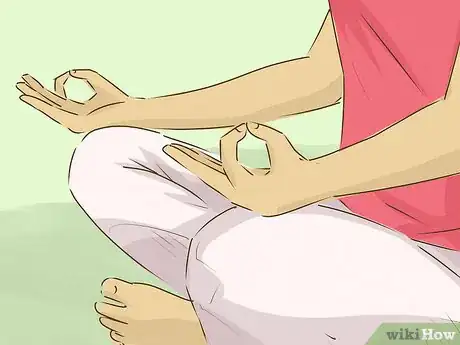



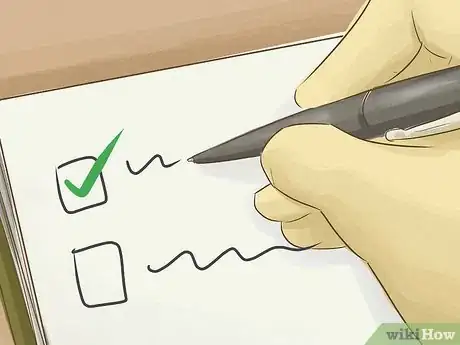

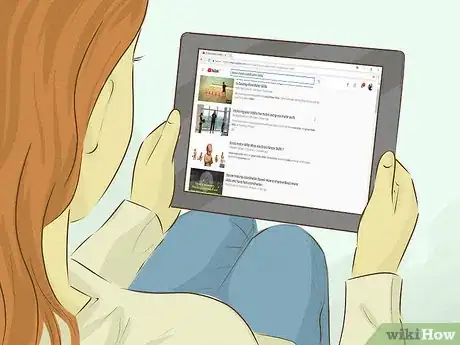
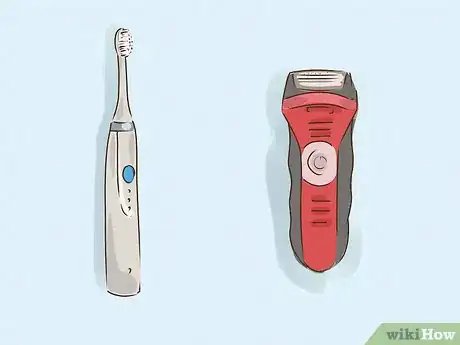
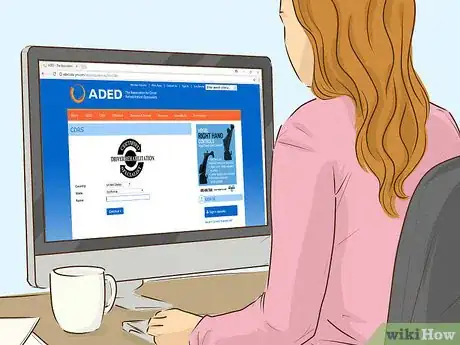


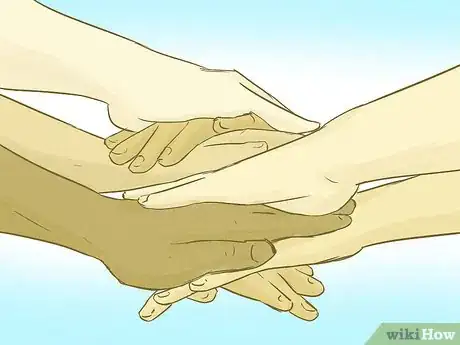






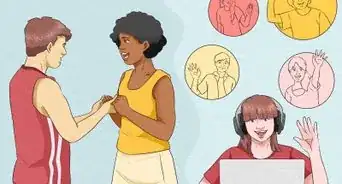
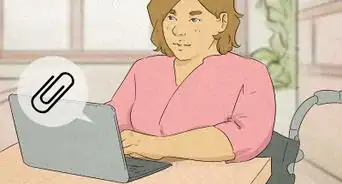
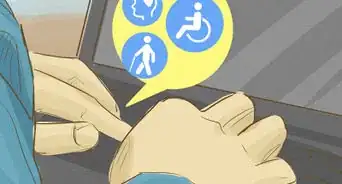
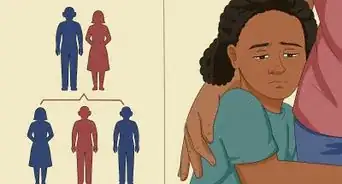
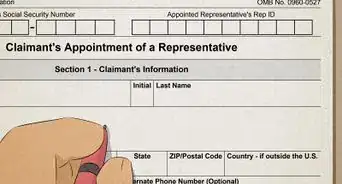
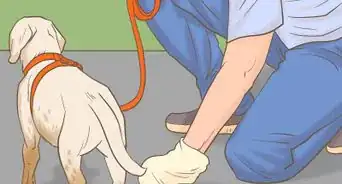

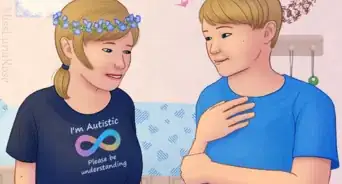

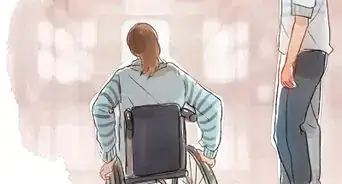
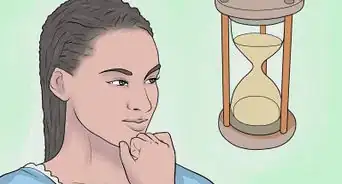











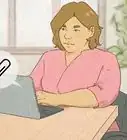





































Medical Disclaimer
The content of this article is not intended to be a substitute for professional medical advice, examination, diagnosis, or treatment. You should always contact your doctor or other qualified healthcare professional before starting, changing, or stopping any kind of health treatment.
Read More...